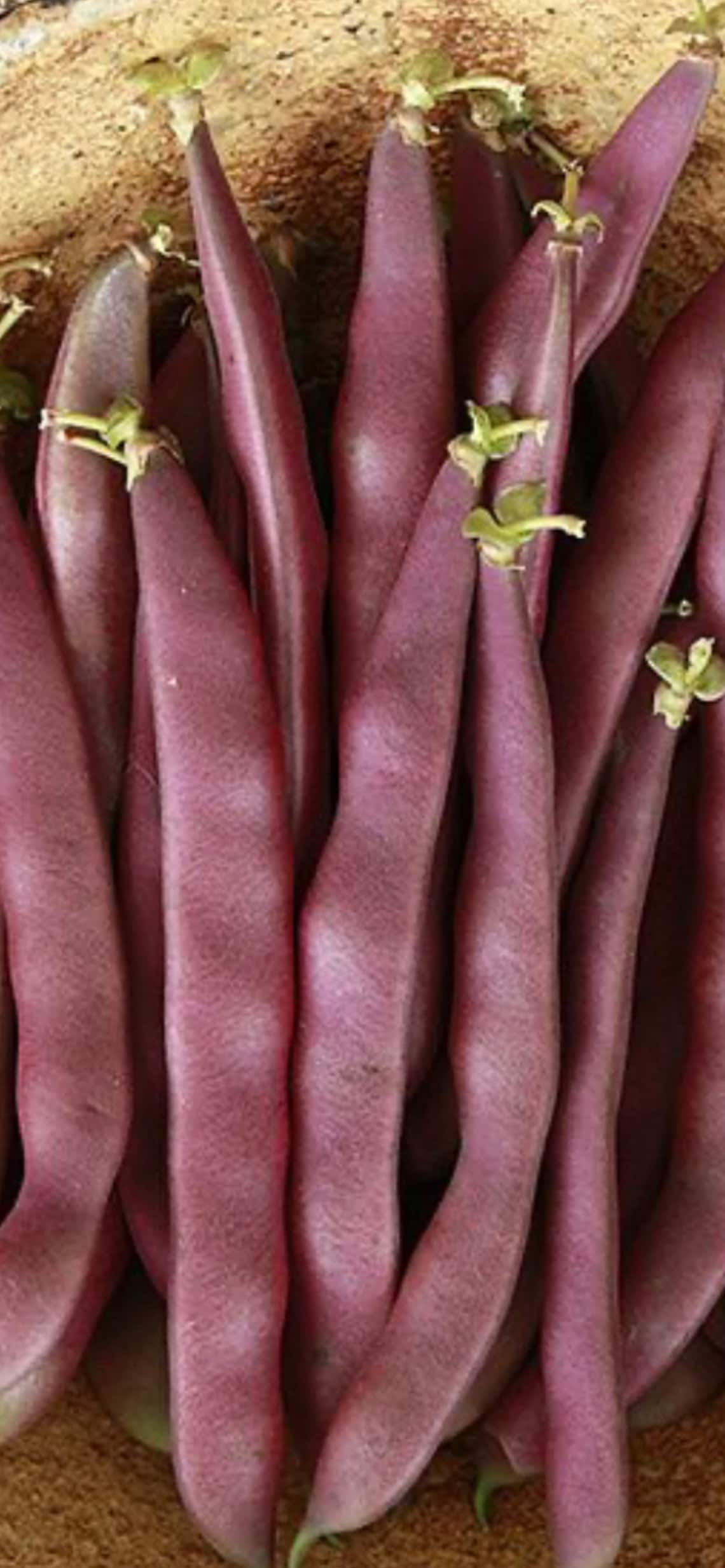

Leave the seeds in the bowl overnight and they can absorb the water and swell. Put the seeds in the bowl and then place the bowl on a heat mat so the water stays warm. First, fill a bowl with water that’s about 80☏. Soaking bean seeds in water could help promote germination. Soaking beans seed for better germination Therefore, it saves space in the garden, and by exposing the seeds to ideal conditions, you can give the plants an early start instead of waiting for the soil to warm up to 60☏.

Pre-sprouting the seeds allows you to decide which ones are viable and eliminates the task of thinning seedlings. Beans contain plentiful Iron and Calcium, which are extremely important nutrients for the body. Beans are a healthy good that is loaded with protein and carbohydrates. Growing beans in your home garden and serving these low-fat, high-fiber, protein-rich legumes can be a money-saving and rewarding experience. Paper towel germination method for growing beans.Time to take bean seeds take to germinate.In this article we also discussed below topics The plant leaves grow alternately on the stems, are green or purple and are divided into 3 oval leaflets with smooth edges. The common bean can be bushy, vine-like or climbing depending on the plant variety being grown. Rich in protein and providing moderate amounts of iron, thiamin, and riboflavin, beans are used worldwide for cooking in fresh or dried form. A step by step guide to beans seed germination processīean plant is certain leguminous plants of the family. Bean plants are frost-sensitive annuals that grow best during the warm season and plants are among the easiest vegetables to grow. Under the right conditions, a seed will sprout rapidly, but if the soil is too cold it will just rot. My favorite use for purple-podded Beans is to pick them while slim and tender, along with green and yellow ones, and arrange all three on a platter with a hummus dip.Introduction to Beans seed germination process: A bean seed begins to germinate when the soil reaches the right temperature requirement and moisture penetrates the seed coat. Sow Bush Beans every 10 to 15 days until 2 months before the first frost date in the fall for continuous yields.Ī mainstay of the kitchen garden, homegrown Beans outshine those that are store-bought in their delicious, just-pickedįlavor, crisp-tender texture and rich vitamin content. Harvest when the Beans are young, slim and on the small side for the best eating! It is vital to keep Beans picked regularly since seed formation slows andĮventually halts production. Water as needed by soaking the soil around the Beans and fertilize with kelp or fish emulsion as needed.įor Pole Beans, provide support with rough poles, teepees, netting or a trellis. After planting, do not water until the sprouts emerge, unless it is very hot and dry. Cool, wet weather may necessitate a second planting: bean seeds rot in cold, damp soil. Amend the soil as needed with organic fertilizer, compost and/or well-aged manure.

Plant Beans when the soil has warmed to 60☏ and all danger of frost has passed.
#RED SWAN BEANS FREE#
If you dig in well-rotted manure at the time of planting, your bean plants will grow better, be more free from disease and give you a better yield.īeans love sun and well-draining, fertile soil.

Just because legumes are known to improve the soil in which they grow, it does not mean that they needn't be planted in good soil themselves.


 0 kommentar(er)
0 kommentar(er)
